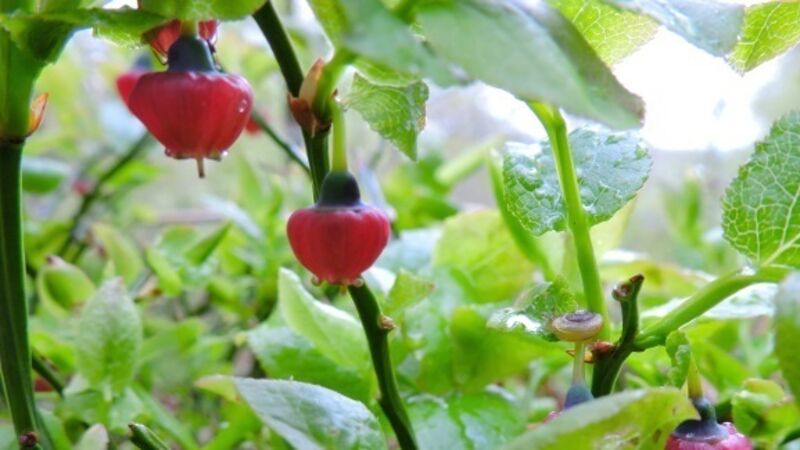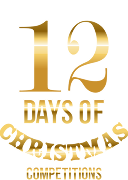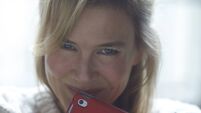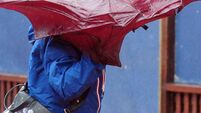Darling buds of May have us licking our lips

In a corner of Cork City last week, I came upon drifts of petals blown into an urban corner from a cherry tree almost hidden behind a garden wall. They lay, like a small snowdrift, in a side street off a thoroughfare loud and busy with passing cars. The petals, lying piled together, were light as snowflakes but pale pink — things of beauty, certainly, but not, as in John Keats’ assertion, “a joy forever”; unfortunately such joys do not increase, but wither. However, in his poem, he goes on to write of nature’s never-failing beauty which, changing with the seasons, is always there for those who venture out to seek it.
The first 10m of an avenue to an old estate near where I live is carpeted with rhododendron blossom, flamboyant, almost brash, in contrast to the delicacy of the cherry blossom. No wonder the Japanese make such a to-do about cherry blossom: I remember, when we lived in Japan, the school at which I taught was closed for a morning so that the students could view the cherry blossom in the city parks, being adjudged on that very day to have reached the climax of its beauty; and seeing groups on trains, the Chuo line, heading for Mount Fuji, outside the city, to some famous cherry-blossom-viewing venue there.
In our garden, we have an superannuated cherry tree which, this year, exploded with blossom (“exploded” — an amusing, if inappropriately violent, word to use in the context but, then, descriptions often take license, and “exploded into colour” is almost a hackneyed phrase).
This tree should be dead years ago. It is almost a decade since a neighbour, meaning well, advised me to have it cut down. But every year, it puts on blossom, and this year did so so extravagantly that it was the bright spot in the dull prospect of the grey sky and the leaden bay beneath it. It is surprising how a tree in blossom can distract one for a minute from down-to-earth concerns.
If there is a divine plan in nature, if nature was made to serve us, surely this is a very clever function. Its beauty feeds the spirit, an ingredient essential to our humanity and to the hopes that keep us striving. Meanwhile, the body of nature feeds and shelters us — although, regarding the feeding, this ancient tree puts on few cherries, and the blackbirds take all of them. This year, however, after the burgeoning blossom, we might glean a harvest. Surely, the birds will leave some for us! But you’d have to be up early and keep watch all day to beat the birds!
The crab apple trees in the hedges are bright with flowers; the two in our garden are positively bedecked with blossom this year; there is a hardly a branch showing between the flowers. So, perhaps it is an ill scaraveen that blows no good.
Indeed, as Donal Hickeys says, the Dingle people told him that, “You can, for instance, have warm spells for growth, cold spells with hail storms to harden plants, and gales of wind to distribute the pollen, all of which were experienced this year.”
On the roadside ditches, and in deciduous woods, the little whortleberry bushes — called “whorts”, pronounced “hurts” — are now in flower. Robust and often supplanting other species, including heather, they thrive on very acid soils.
Their abundant flowers, like minature, red Chinese lanterns, provide a banquet of nectar for bees, while the leaves sustain a variety of moth larvae.
In West Cork, they may be seen blanketing 50m of roadside ditch. In the past, they were a great temptation for rural children who would pause to pick them on the lanes on the way to school.
Arriving with telltale red lips and late for class, they might well be leathered by the teacher. However, my wife who, as a schoolgirl, was a regular offender, tells me that the whorts, in spite of the hurts, were hard to resist.
The berries, which my father, from Clare, called bilberries — in Irish, fraocháin — were traditionally picked on Fraochán Sunday in July and at the start of the Lughnasa harvest festival.
Dark blue, with a grey bloom as sometimes found on sloes, they have a delightful flavour, and are full of vitamins C and D.
In the United States, they are called huckleberries, whence, no doubt, the famous Huck Finn got his name.













